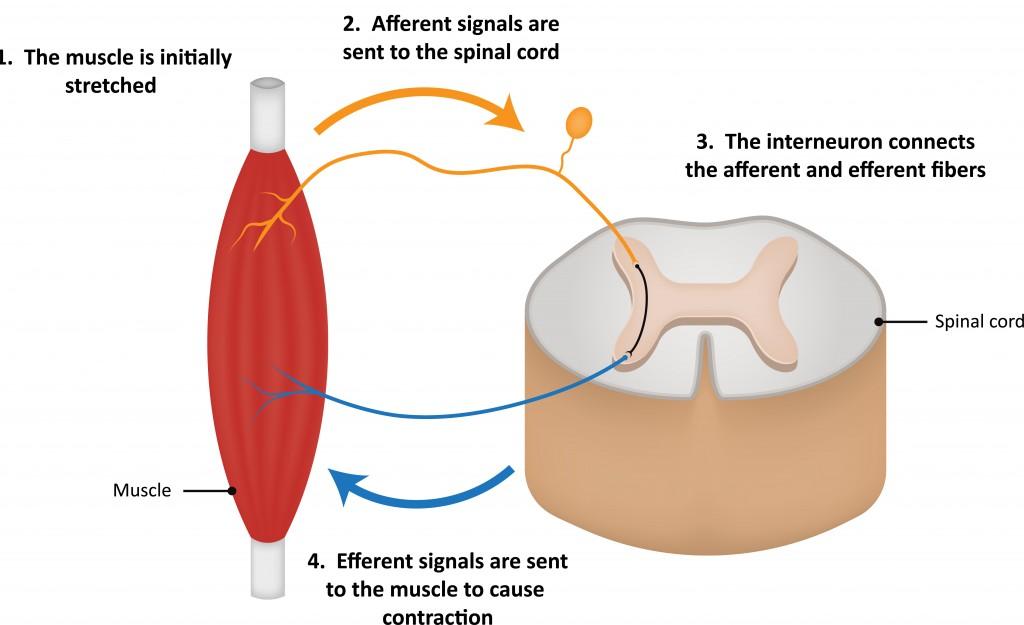In the ever-evolving landscape of fitness and recovery, enthusiasts and athletes alike find themselves at a crossroads: the familiar comfort of foam rolling or the age-old practice of stretching. As science continues to shed light on the intricate workings of the human body, the debate over which method reigns supreme for optimal recovery has intensified. Both stretching and foam rolling boast a loyal following, each with its own set of benefits and fervent advocates. But in the quest for improved flexibility, reduced muscle soreness, and faster recovery times, is it time to rethink our post-workout rituals? This article delves into the merits and drawbacks of stretching versus foam rolling, examining whether the gentle pull of a stretch can truly stand in for the deep tissue pressure of a foam roller. Join us as we unravel the science, challenge the status quo, and explore whether it’s time for stretching to take center stage in the recovery arena.
Exploring the Science Behind Stretching and Foam Rolling
In the realm of fitness and recovery, understanding the mechanics of both stretching and foam rolling can help optimize your post-workout routine. Stretching primarily focuses on elongating muscles, enhancing flexibility, and improving range of motion. It targets specific muscle groups, helping to reduce stiffness and increase blood flow. On the other hand, foam rolling operates more like a self-myofascial release technique. By applying pressure to trigger points, it aids in alleviating muscle tightness, breaking down scar tissue, and reducing soreness.
- Stretching Benefits:
- Improves flexibility and range of motion
- Enhances muscle coordination
- Reduces the risk of injury
- Foam Rolling Benefits:
- Increases blood circulation to muscles
- Decreases muscle recovery time
- Relieves muscle tension and knots
While both techniques have their unique benefits, the choice between them doesn’t have to be exclusive. Integrating both stretching and foam rolling into your recovery routine could provide a more comprehensive approach, catering to both flexibility and muscle tension needs. The key is to listen to your body and adjust your methods based on personal recovery goals.
Understanding the Benefits and Limitations of Each Method
Exploring the landscape of recovery methods, both stretching and foam rolling offer unique benefits and come with their own set of limitations. Stretching is a timeless practice known for enhancing flexibility and promoting relaxation. It can be easily integrated into any routine, requires no special equipment, and can be tailored to target specific muscle groups. However, stretching may not address muscle tightness as deeply as other techniques and its effectiveness can vary depending on the type and duration of stretches performed.
- Pros of Stretching: Increases flexibility, reduces muscle tension, enhances relaxation.
- Cons of Stretching: Limited impact on deep muscle tightness, results vary with technique.
On the other hand, foam rolling is renowned for its ability to perform self-myofascial release, helping to break up adhesions and improve blood flow. This method can be particularly effective for addressing localized tightness and improving range of motion. However, foam rolling requires access to a roller and might not be suitable for everyone, especially those with certain injuries or sensitivities.
- Pros of Foam Rolling: Effective for deep tissue work, improves blood flow, enhances range of motion.
- Cons of Foam Rolling: Requires equipment, may not be suitable for all individuals.

Expert Insights on Optimizing Recovery Practices
In the ongoing debate of stretching versus foam rolling, experts provide valuable insights into how each method can be effectively incorporated into recovery routines. Stretching, a time-honored practice, offers benefits such as increased flexibility and enhanced muscle function. It focuses on elongating muscle fibers and improving joint range of motion. On the other hand, foam rolling, a form of self-myofascial release, targets the fascia surrounding the muscles, aiming to reduce muscle tightness and improve blood circulation.
- Flexibility and Mobility: Stretching can significantly enhance flexibility, which is crucial for maintaining a full range of motion in joints.
- Muscle Recovery: Foam rolling helps in breaking down scar tissue and adhesions, promoting faster recovery post-exercise.
- Injury Prevention: Both practices, when used correctly, can aid in reducing the risk of injuries by ensuring muscles are properly conditioned.
- Complementary Techniques: Experts often recommend a combination of both techniques, allowing athletes to benefit from the unique advantages each offers.
Ultimately, the choice between stretching and foam rolling should be guided by individual recovery needs and personal preference. Consulting with a physical therapist or a fitness professional can provide tailored advice for optimizing recovery practices.

Crafting a Balanced Routine for Maximum Muscle Recovery
When considering the best approach for muscle recovery, both stretching and foam rolling offer unique benefits. Stretching focuses on enhancing flexibility and lengthening muscles, which can help prevent injuries and improve performance over time. It is particularly effective when incorporated as part of a warm-up or cool-down routine. On the other hand, foam rolling acts as a form of self-myofascial release, targeting tight spots and trigger points to alleviate tension and increase blood flow to the muscles. This can be particularly beneficial after intense workouts, as it aids in reducing soreness and accelerating the healing process.
- Consider your needs: If flexibility and range of motion are your primary goals, prioritize stretching.
- Focus on tension: Use foam rolling for targeted relief in areas that feel particularly tight or sore.
- Combine both: For optimal recovery, integrate both techniques into your routine, allowing them to complement each other.
Ultimately, the choice between stretching and foam rolling doesn’t have to be mutually exclusive. By crafting a balanced routine that incorporates both practices, you can maximize muscle recovery and ensure that your body is ready for the challenges of your next workout.
